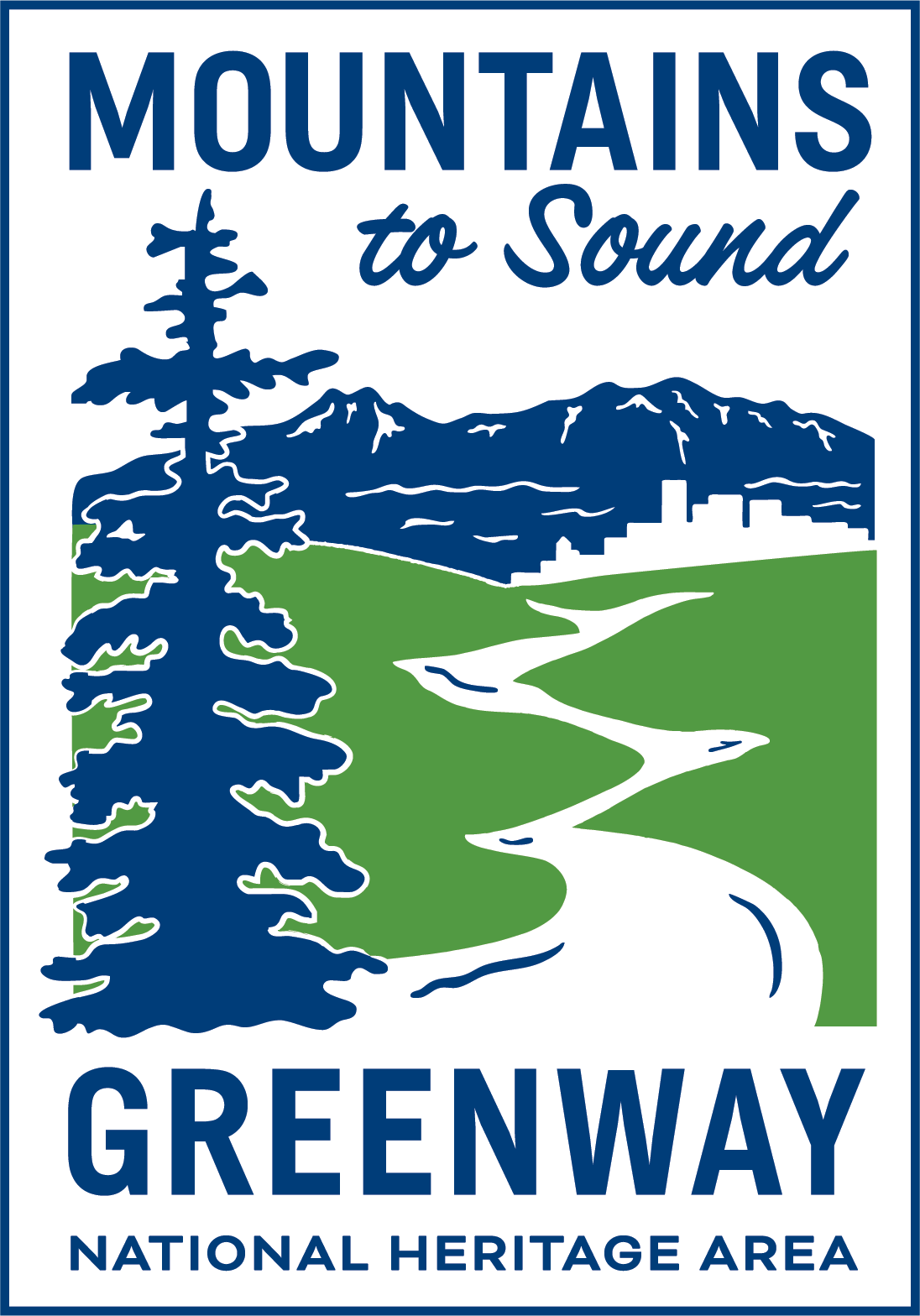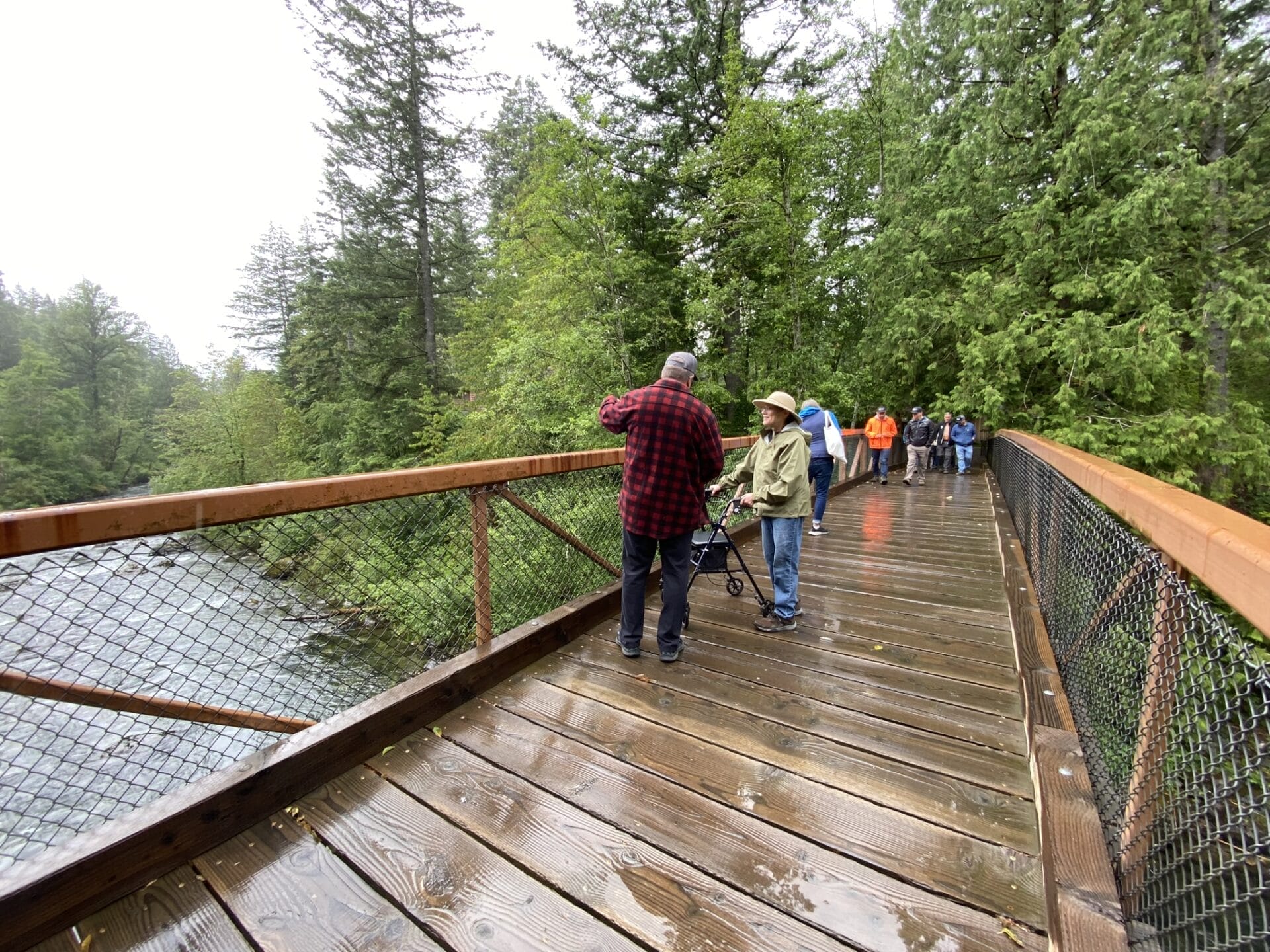Discover Mindful Biking in the Snoqualmie Valley
Immerse yourself in the lush forests and scenic trails of the Snoqualmie Valley, where biking is more than just a mode of transportation—it’s a journey through time. Use this guide to enjoy the breathtaking views within the Mountains to Sound Greenway National Heritage Area with a stewardship mindset. Whether you’re a seasoned cyclist or a beginner, trails in the Snoqualmie Valley offer endless opportunities to connect with nature and embrace eco-friendly travel.
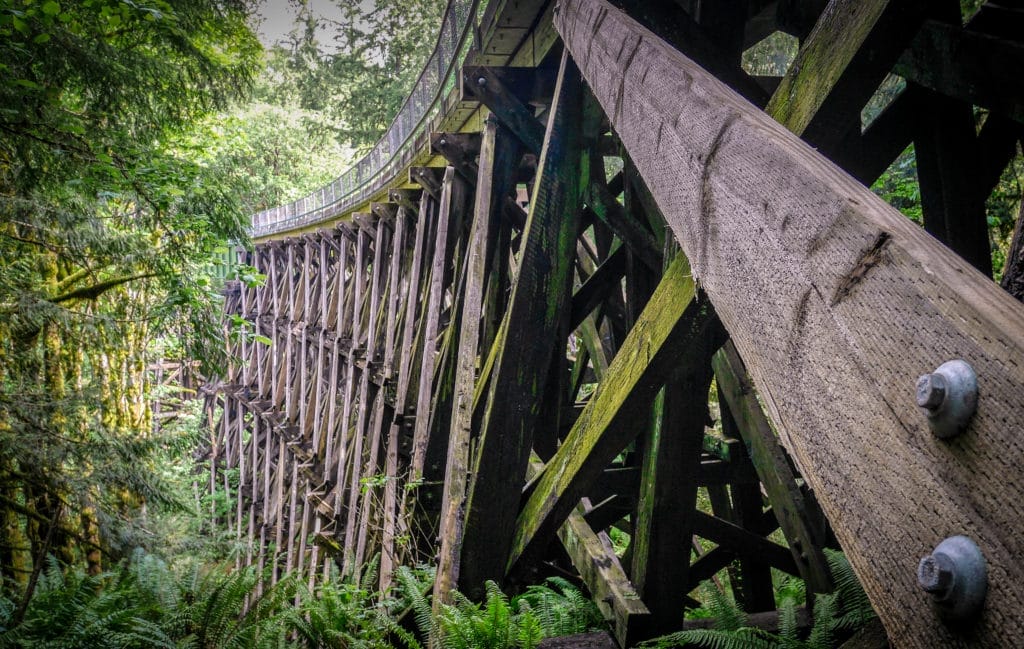
Explore the Rich History of the Snoqualmie Valley
The Snoqualmie Valley is steeped in history, with lands and waters deeply connected to the Coast Salish people. The Snoqualmie River, named after the Snoqualmie Tribe, has been a vital waterway for salmon species, including Coho, Chinook, pink, chum, and steelhead. Tribes historically used the river for canoe travel, hunting, gathering, and land stewardship.
Colonization brought significant changes, introducing logging, mining, and development that disrupted ecosystems and indigenous communities. The arrival of settlers led to the construction of wagon roads and railroads, transforming the landscape and impacting wildlife movement. The Snoqualmie Valley Regional Trail itself is on a former rail line, a spur section of the Milwaukee Road Railway that was meant to connect to Everett to transport agricultural products and timber. The conversion of railroads to trails built on historic railroad rights-of-way is common in several regional trails biked and hiked by thousands of people in the state.
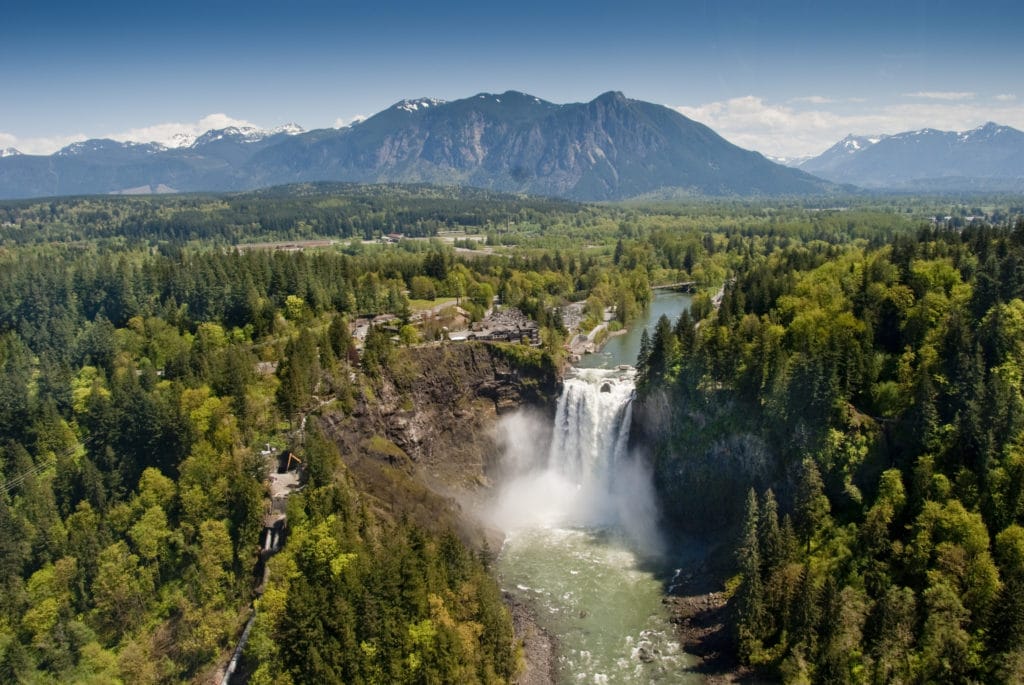
Respect Ancestral Lands
The Snoqualmie Tribe continues to live on and steward their ancestral lands within the Greenway National Heritage Area. As you bike through these lands, it’s essential to show respect and learn about Tribal heritage in the Snoqualmie Valley. Increased recreation has impacted these areas, especially in the Snoqualmie corridor. By taking the time to learn and experience places in new ways, recreationists can learn to move through these lands mindfully while combatting conquest culture. A concept that has led people away from seeing themselves in partnership with the land, and instead as extractors or conquerors of it. Some steps you can take to create a stewardship mindset include recreating responsibly and volunteering for restoration events to help preserve and protect these lands. Learn more about the Snoqualmie Ancestral Lands Movement to understand how you can recreate respectfully
Prepare for Your Cycling Adventure
Before you start your biking journey, consider your destination, route, and the bike type you will need for your journey. Using mapping tools like RidewithGPS, Strava, and Trail Forks to plan your route can help you understand what type of bike you need. Strava is a great resource for road and gravel biking while Trail Forks is a good resource for Mountain Biking. If you don’t already own a bike, use this guide by the Cascade Bicycle Club to find places to rent a bike, e-bike, mountain bike, or bike rack throughout Washington.
Seattle does a great job of integrating nature through beautiful greenspaces, but if you’re looking to get out of the city and into more natural areas, the Trailhead Direct Shuttle can get you where you and your bike need to go.
If you don’t already have a bike and are looking to buy one, use this guide to friendly bike shops in the Greater Seattle Area. We recognize that the bicycle industry can be intimidating so this guide is a great tool for everyone, especially folks from marginalized identities.
Once you’re ready to ride, check out this basic bike checklist to make sure you have everything you need before your ride!
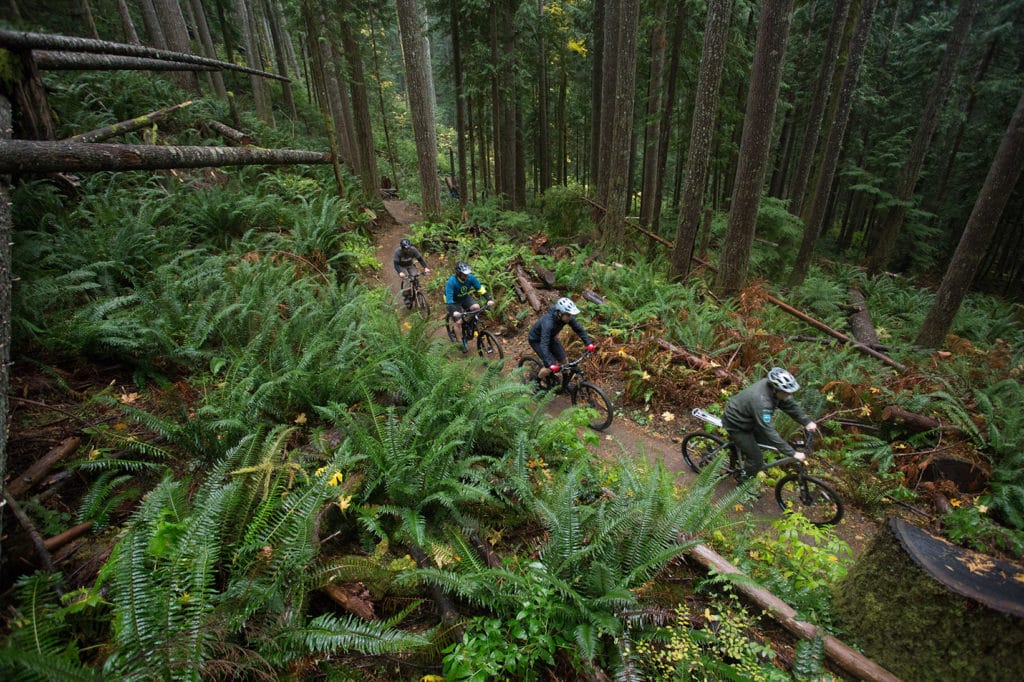
Embrace Sustainable Recreation
Outdoor recreation in the Greenway National Heritage Area has shifted from extraction to protection, fostering a conservation ethic among users. However, increased visitation has led to overcrowding, sanitation issues, wildlife disturbance, and impacts on Tribal cultural sites and treaty rights. Mindful biking and responsible recreation are crucial to maintaining the balance between people and nature within the NHA.
By choosing to bike mindfully in the Snoqualmie Valley, you contribute to a sustainable future, honoring the past while enjoying the present beauty of this remarkable landscape.
